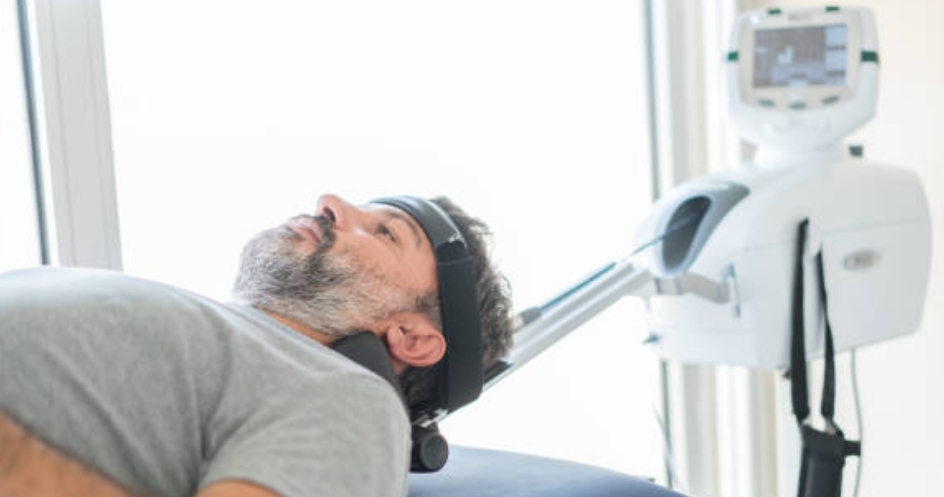Purpose of Load and Shift Test: To test if there is an (anterior or posterior) instability of the glenohumeral joint.
Patient position: Sitting with the affected arm supported on the patient’s lap over a pillow; or Supine lying.
Examiner position: Standing beside the patient, near the affected shoulder.
Procedure: Stabilize the patient’s scapula using one hand and grasp the head of the humerus bone using an opposing thumb and 4 fingers. Apply pressure over the head of the humerus to ‘load’ the glenohumeral joint while stabilizing the scapula. Move or ‘Shift’ the humeral head in anterior and posterior directions.
Outcome: This test is positive if there is an excessive movement, indicating laxity of the glenohumeral joint capsule.
Additional Notes: A humeral head typically translates about 50% of its anterior-posterior dimension (1). The amount of translation of the humeral head within the glenoid cavity can be used to grade the laxity of the glenohumeral joint capsule.
Modified Hawkins Grading (2):
| Grade | Descriptors |
| 0 | Little/no movement |
| 1 | Shifts up to the glenoid rim |
| 2 | Shifts over the glenoid rim, spontaneously relocates |
| 3 | Shifts over the glenoid rim, doesn’t spontaneously relocate when pressure is removed |
Grades of Anterior Glenohumeral Translation (3):
| Grade | Descriptors |
| Normal | Mild translation (0 – 25%) |
| I | Humeral head riding up to the edge of the glenoid (25 – 50%) |
| II | Humeral head riding over the edge of the glenoid, spontaneously relocates (> 50%) |
| III | Humeral head riding over the edge of the glenoid, remains dislocated (50%) |
Reference:
- Micheli LJ. Encyclopedia of Sports Medicine: SAGE Publications; 2010.
- Hawkins R, Schutte J, Huckell G, Abrams J. The assessment of glenohumeral translation using manual and fluoroscopic techniques. Orthop Trans. 1988;12:727.
- Magee DJ. Orthopedic Physical Assessment: Elsevier Health Sciences; 2013.


2 Comments
Put some pictures please.
Put some pictures please.